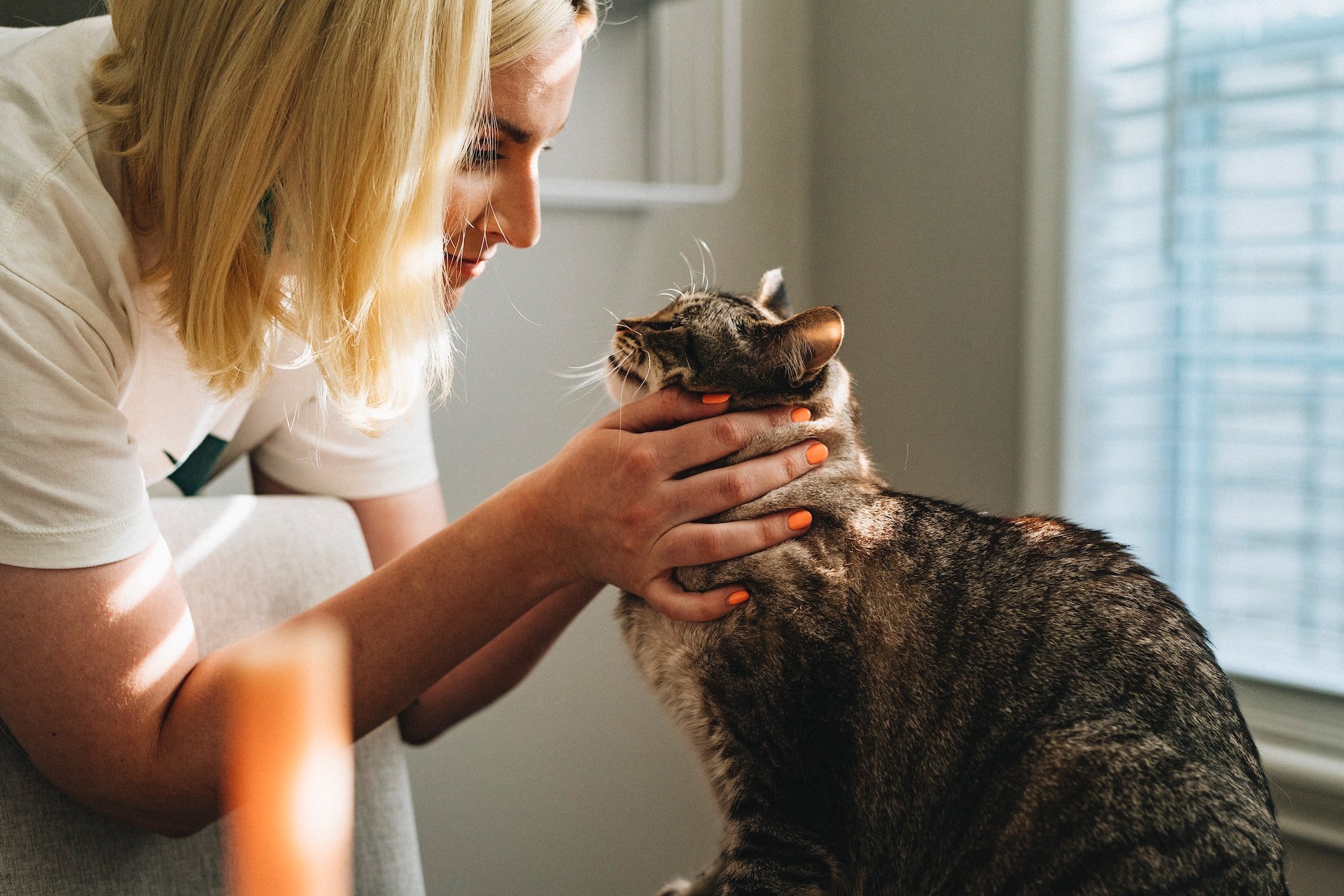If you feel like you’re working in a pressure cooker everyday, you’re not alone.
Internal pressure, pressure of the veterinary oath, pressure to see as many animals as possible, pressure to provide a long (too long) list of services – these add up to stress and stress leads to burnout.
Why do so many of us - in the profession and perhaps in general - feel the need to be all things to all people?
Challenging common assumptions about your clinic may be the key to unlocking its potential.
Assumption #1: A veterinary practice must meet the majority of its patients’ needs
In most practices, all of a patient’s veterinary care is provided by a single team. A few challenging cases are referred to specialists, but the patient’s primary veterinarian handles the majority of a pet’s needs across their entire lifespan. Realistically, is this model working for you?
For example, maybe you love bonding with clients over wellness visits, while you dread complex surgical cases. In that case, maybe you don’t have to tackle those surgeries. Consider creating a practice with an emphasis on high-quality, high-touch preventive and medical care, referring to specialists (or working with a mobile surgeon) when complex cases arise.
If you love treating acute medical conditions but dread ongoing monitoring and complex client education, an urgent care model might be a good fit. These practices are often open in the afternoons and evenings, treating simple conditions (otitis, lameness, gastroenteritis, etc.) for patients that can’t be seen by their regular veterinarian but don’t need the emergency clinic.
All practices must be equipped to perform basic triage and CPR. Beyond that, however, you can restrict your practice’s primary area of focus. You likely have more flexibility than you realize, even without specialization.
Assumption #2: A veterinary practice must treat a wide variety of species
For years, veterinarians have challenged this assumption by creating cat-only practices. Feline practices offer numerous advantages for cats and their owners, while also creating an ideal work environment for cat-loving veterinarians and support staff.
If you prefer dogs, consider a canine-only clinic. This may not be a common model, but there’s now an all-dog practice in Georgia that caters specifically to dogs and their owners. If you love birds and pocket pets, consider an exotics clinic.
Even if there isn’t a market for a single-species or exotics-only practice in your area, you may be able to subtly shift your practice in a direction that maximizes the strengths of your veterinary team.
Assumption #3: A veterinary practice requires a brick-and-mortar building
As veterinarians seek greater control over their schedule and work environment, mobile practices are becoming increasingly popularity. Some mobile practices offer services similar to a traditional practice, while others focus on a specific aspect of veterinary medicine, such as rehab, preventive care, or hospice/euthanasia.
Mobile practices not only offer a change of scenery, they also operate under an appointment-only model that effectively prevents walk-in visits and emergencies. This can make it easier to control your work hours, while also helping you select for your preferred clients and patients.
Finally, while a conventional veterinary practice requires a large support staff, a mobile veterinarian may have just one or two employees. This can work well for veterinarians who want the benefits of practice ownership, without the need to devote a significant amount of time to employee management.
Assumption #4: A good practice must appeal to all clients
As the old saying goes, “you can’t please all of the people all of the time.” Regardless of how well-managed your practice is, you are unlikely to create an enthusiastic superfan out of every single client that comes through your doors. While that may be a daunting thought in our current era of social media reviews, it can actually be freeing to accept this limitation.
Think carefully about your ideal practice and who that practice would appeal to. Would you prefer a sleek, modern, high-energy practice or a quiet practice with a cozy, homey feel? Consider the type of practice setting that you prefer, while also thinking about the clients that are likely to be attracted to a particular practice style.
Instead of aiming to please everyone, aim to carve out a unique niche within your community.
Changes create opportunity
Many of us have a preconceived notion about what a veterinary practice should look like. This practice model has been unconsciously developed over years, through conversations with colleagues, reading veterinary publications, and prior work experiences.
While models can be helpful, it’s important to periodically take the time to step back and consider them critically. Look for any faulty assumptions that may be constraining your practice, and work towards creating a practice that functions optimally for both you and your team.


